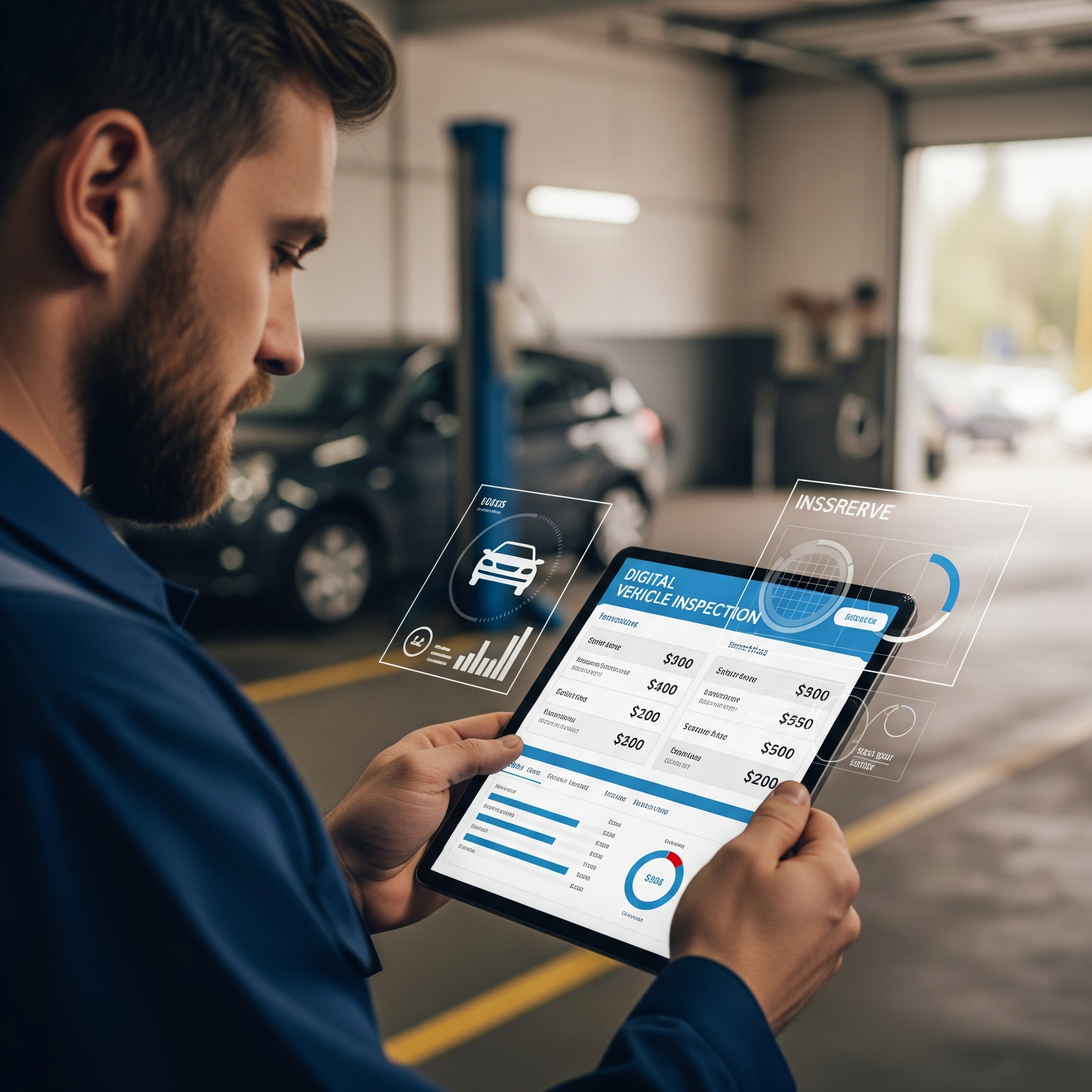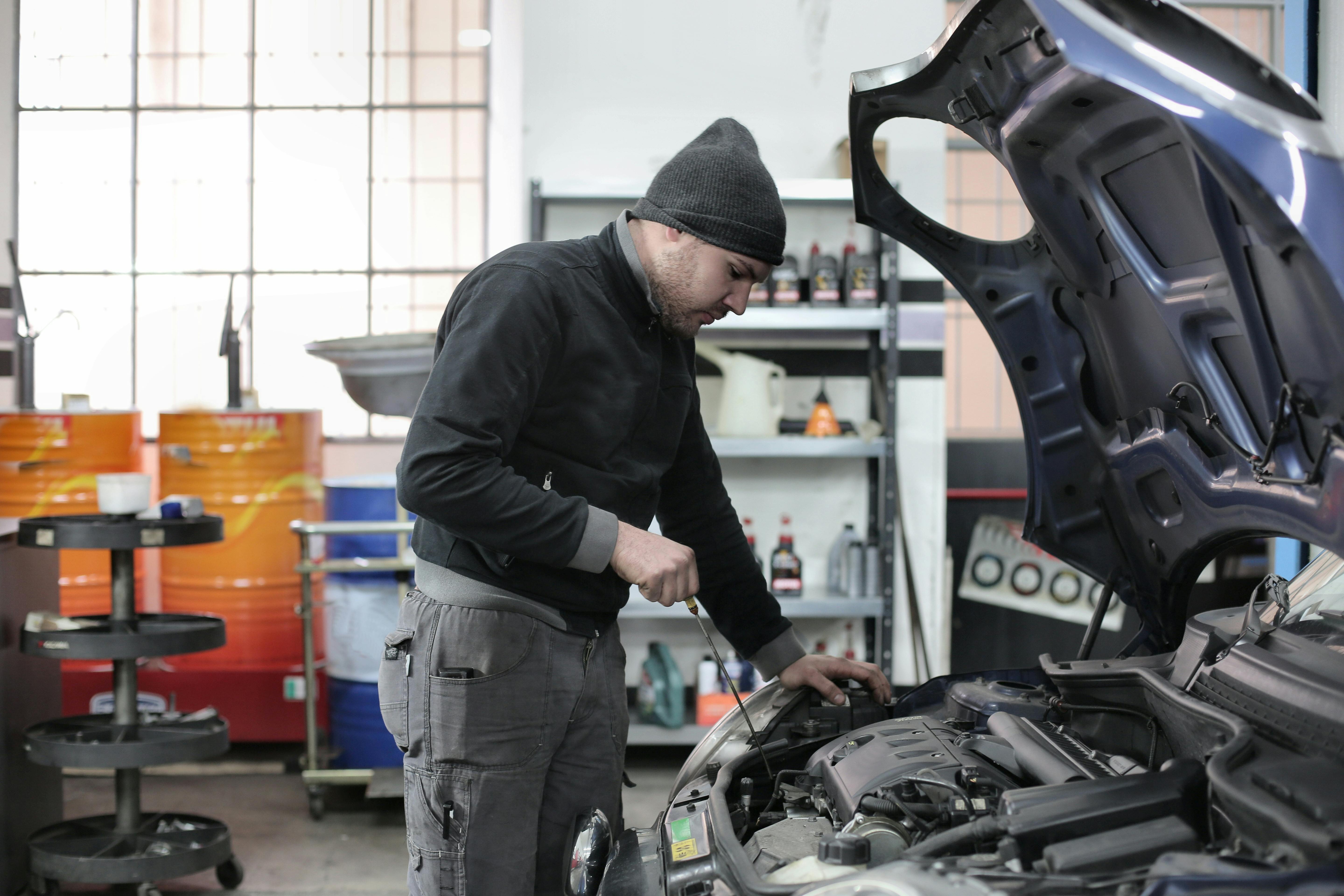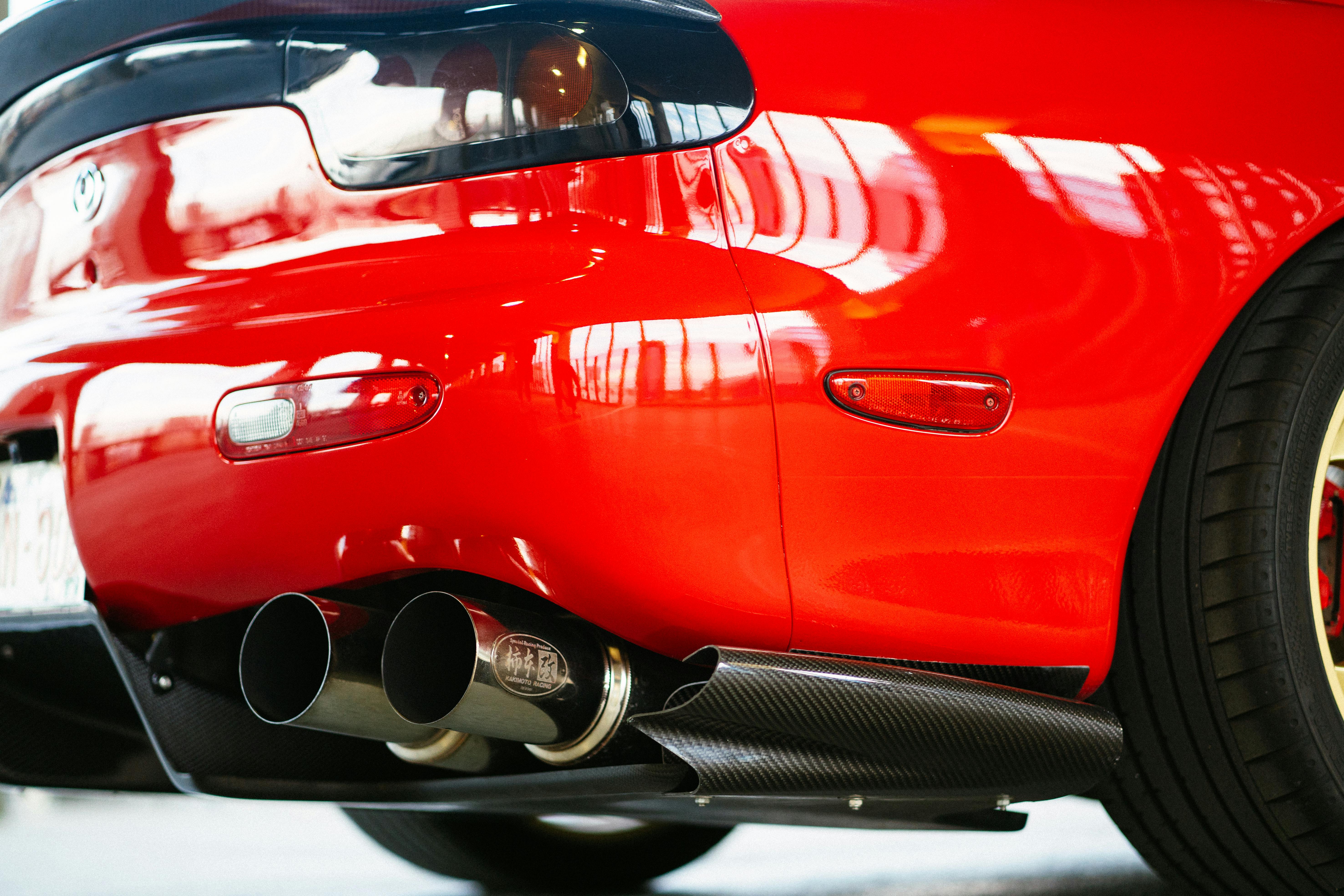Predictive Maintenance: How AI Can Help You Pass Your Smog Check
Date Published

A New Era for Smog Checks
For decades, the smog check has been a familiar process, a routine of diagnostics and inspections designed to keep our air clean. However, the world of vehicle diagnostics is on the verge of a revolution, and at its heart is artificial intelligence (AI).
AI is already transforming the automotive industry, from how cars are designed and manufactured to how they are maintained. This shift is not just about convenience; it promises to make vehicle inspections, including smog checks, faster, more accurate, and more effective at reducing emissions. This article will explore the current and future roles of AI in smog checks, from fleet management to predictive maintenance and beyond.
AI's Current Role in Emissions Testing: Continuous Monitoring
In California, the integration of AI and smart technology is already underway, particularly for commercial fleets. The California Bureau of Automotive Repair (BAR) has launched pilot programs that leverage telematics and AI to bypass traditional, in-person smog checks.
Continuous Testing Program (CTP): This pilot program allows government and commercial fleet vehicles to use certified onboard diagnostic (OBD) systems and telematics to continuously collect emissions data. Instead of a manual inspection, AI analyzes this real-time data to determine if a vehicle is in compliance. This saves time, reduces downtime for fleets, and provides a more accurate picture of a vehicle's emissions profile.
Clean Truck Check (CTC) Regulation: For medium and heavy-duty trucks and buses, the CTC regulation permits the use of certified OBD systems to meet periodic emissions testing requirements. This remote data collection, powered by AI and machine learning, streamlines compliance and reduces the need for cumbersome in-person tests.
These programs demonstrate how AI can move emissions testing from a single snapshot in time to a continuous, data-driven process, ensuring compliance and minimizing a vehicle's environmental impact.
The Future of Smog Checks: AI-Powered Diagnostics
The future of AI in smog checks promises to go even further, fundamentally changing how we approach vehicle maintenance and emissions.
Predictive Maintenance: AI can analyze vast amounts of data from vehicle sensors to predict when a component is likely to fail. For example, an AI algorithm could detect a slight deviation in an oxygen sensor's readings and flag it as a potential issue long before it triggers a "Check Engine" light or causes the vehicle to fail a smog check. This shifts the paradigm from reactive repairs to proactive maintenance, which can reduce emissions by up to 30% by ensuring vehicles are always running at peak efficiency.
Remote Sensing: While not yet a standard part of the smog check process, AI-powered remote sensing devices could revolutionize emissions monitoring. These devices use lasers and sensors to analyze a vehicle's emissions as it drives by, providing a non-invasive and real-time assessment. AI algorithms would instantly analyze the data, identify the vehicle via license plate recognition, and cross-reference it with a database to identify high-polluters on the road.
Automated Inspections: AI-powered inspection stations could use computer vision and machine learning to perform visual inspections. High-resolution cameras could scan a vehicle's undercarriage to verify that all emissions components are present and have not been tampered with. This would reduce human error, increase consistency, and streamline the inspection process.
Optimizing Traffic Flow: Beyond individual vehicles, AI is already being used in a broader sense to reduce emissions. Programs like Google's Project Green Light use AI to model traffic patterns and optimize traffic signals, which reduces idling and stop-and-go emissions. Early results show a potential for up to a 10% reduction in emissions at intersections, highlighting how AI can improve air quality on a systemic level.
The Benefits of AI in Smog Checks
The integration of AI into emissions testing offers a wide range of benefits for both consumers and the environment:
Improved Accuracy and Consistency: AI-powered systems can analyze data with a level of precision and consistency that is beyond human capability, reducing the likelihood of false positives or missed defects.
Reduced Costs and Downtime: For both commercial fleets and individual drivers, proactive diagnostics can prevent minor issues from escalating into major, costly repairs. Remote testing for fleets minimizes the time vehicles are out of service.
Enhanced Environmental Protection: By identifying high-polluters more effectively and encouraging proactive maintenance, AI can play a crucial role in reducing overall air pollution.
Better Data and Insights: AI systems can provide more detailed, data-driven reports on a vehicle's health, giving mechanics and owners a complete picture of its condition and potential future issues.
Conclusion: A Cleaner, Smarter Future
While the traditional smog check remains a vital part of our lives, AI is poised to transform the process. From the predictive power of machine learning to the efficiency of remote sensing, these technologies are paving the way for a smarter, more proactive approach to vehicle emissions. The future of smog checks is not just about compliance; it's about leveraging technology to ensure our vehicles are safer, our air is cleaner, and our commitment to a sustainable future is stronger than ever.

Find out how to check for car recalls using your VIN. This guide explains how to look up recalls on the NHTSA website and get them fixed for free.

Understand how high-performance cars navigate smog checks. Learn about common challenges, legal requirements and tips for passing your emissions test.